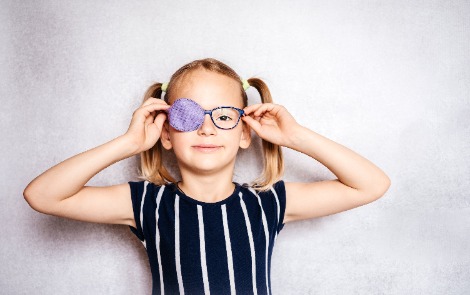Amblyopia, commonly known as a “lazy eye,” is a condition that affects vision development in one or both eyes during childhood. Understanding the nature of this condition, its symptoms, diagnosis, and treatment options is essential for effective management and prevention of long-term vision problems.
What is amblyopia?
Amblyopia occurs when there is a disruption in the normal development of vision during childhood, typically due to an imbalance in the visual input between the two eyes. This imbalance can occur due to factors such as strabismus (misalignment of the eyes), significant differences in refractive errors between the eyes (such as nearsightedness, farsightedness, or astigmatism), or other eye conditions that obstruct clear vision.Symptoms of amblyopia
The symptoms of amblyopia may vary depending on the underlying cause and severity of the condition. Common signs and symptoms include:- Blurred or reduced vision in one eye
- Poor depth perception
- Squinting or closing one eye to see better
- Tilting or turning the head to favor one eye
- Difficulty with activities requiring visual acuity, such as reading or sports

It’s important to note that amblyopia may not always present noticeable symptoms, which underscores the importance of early detection through routine eye exams, especially during childhood.
Diagnosis and treatment
Diagnosing amblyopia typically involves a comprehensive eye examination, including visual acuity testing and an assessment of eye alignment and focusing abilities. Specialized tests such as photoscreening or stereopsis tests may also be conducted to evaluate depth perception and binocular vision. In terms of treatment options, the aim is to encourage the weaker eye to develop better visual acuity and coordination with the stronger eye. Common treatment approaches include:- Prescription eyeglasses or contact lenses to correct refractive errors and encourage proper visual development
- Patching therapy, where the stronger eye is covered with an eye patch to force the weaker eye to work harder and improve visual acuity
- Vision therapy exercises to enhance eye coordination and visual processing skills



